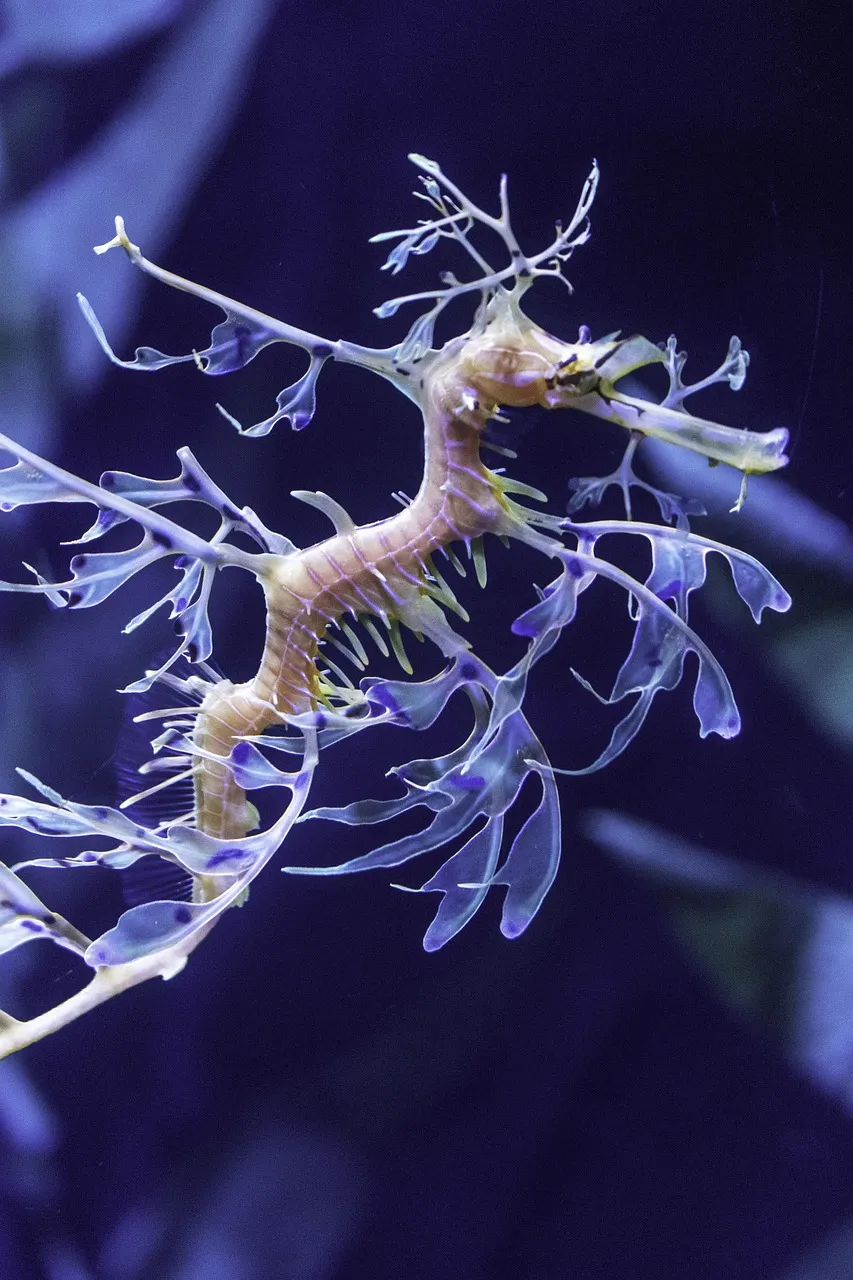The Leafy Sea Dragon: Nature's Living Seaweed — Reading Comprehension
Grades
- 5
- 6
- 7
- 8
Standards
- MS-LS2-1
- RI.6.3
- RI.7.3
- RI.8.8
PRINT+DIGITAL RESOURCE
This learning resource is available in interactive and printable formats. The interactive worksheet can be played online and assigned to students. The Printable PDF version can be downloaded and printed for completion by hand.
About This Reader
This NGSS-aligned passage explores how leafy sea dragons (Phycodurus eques) demonstrate key life science concepts for middle school. Students will discover structural adaptations like leaf-like appendages (MS-LS4-2), feeding relationships in Australian marine ecosystems (MS-LS2-1), and unique reproductive behaviors where males carry eggs (MS-LS1-4). The Near Threatened status highlights human impacts on biodiversity (MS-LS2-4). Perfect for teaching about organism-environment interactions, this 200-word passage covers camouflage, diet of mysid shrimp, depth range (5-15m), and conservation challenges while aligning to multiple NGSS performance expectations.
Perfect For:
👩🏫 Teachers
- • Reading comprehension practice
- • Auto-graded assessments
- • Literacy skill development
👨👩👧👦 Parents
- • Reading practice at home
- • Comprehension improvement
- • Educational reading time
🏠 Homeschoolers
- • Reading curriculum support
- • Independent reading practice
- • Progress monitoring
Reading Features:
📖
Reading Passage
Engaging fiction or nonfiction text
❓
Comprehension Quiz
Auto-graded questions
📊
Instant Feedback
Immediate results and scoring
📄
Printable Version
Download for offline reading
🔊
Read Aloud
Voice-over with word highlighting























